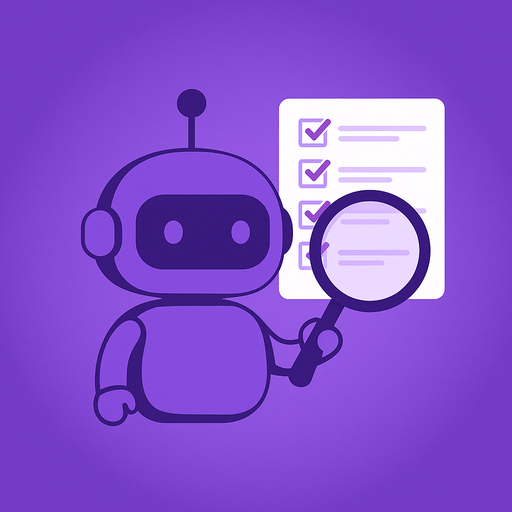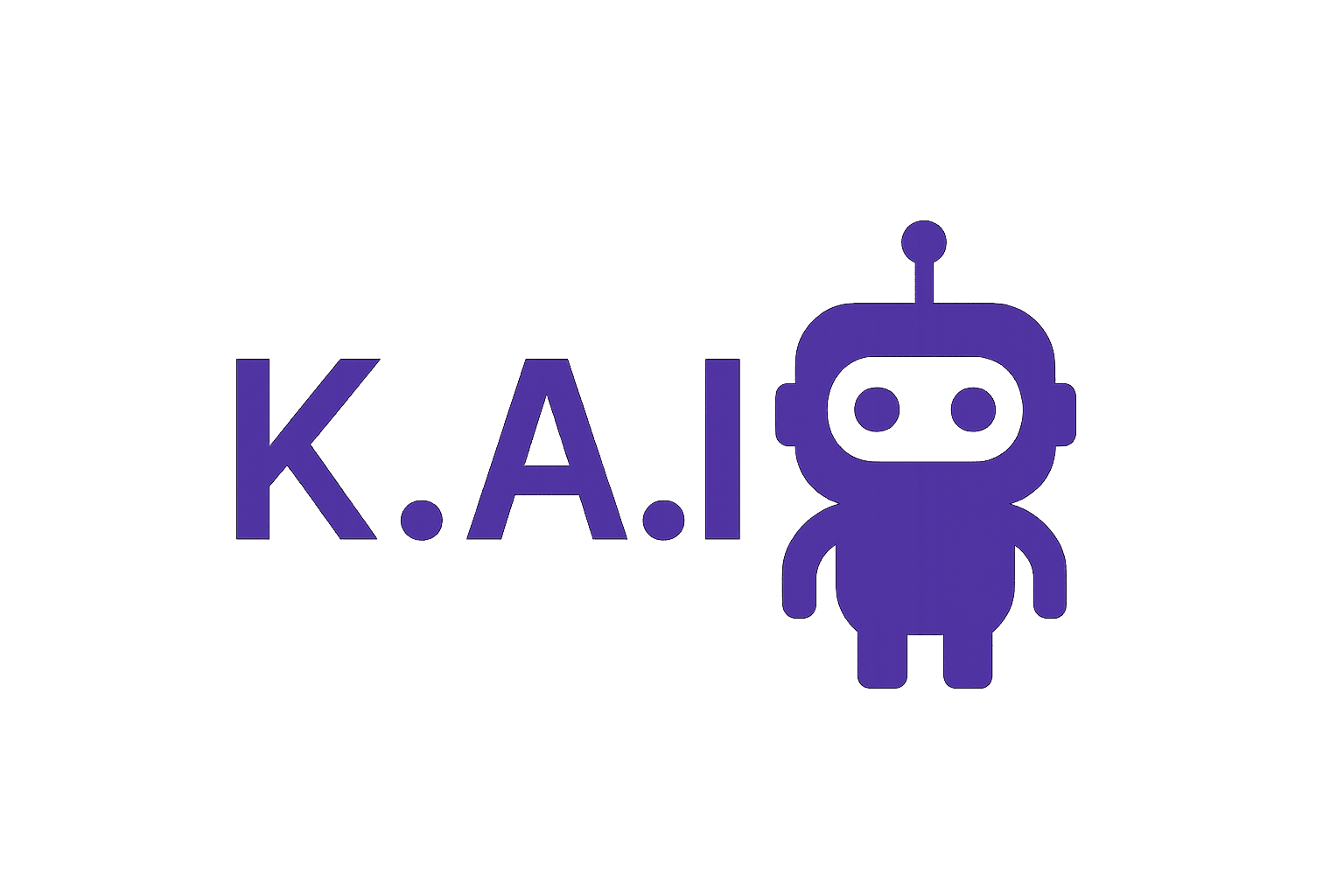Beyond the Hype: A 5-Question AI Tool Evaluation Framework
This post introduces a simple five‑question framework that cuts through the noise, reveals stack overlap, and highlights true cost‑vs‑value. Use it to choose AI tools that actually cover your tasks, fit your workflow, and keep you focused on winning strategy, not shiny objects.

Let’s talk about which AI tools are actually worth your time.
Feeling that familiar itch? The one where you see another groundbreaking AI tool launch, promising to revolutionize your marketing… while the five tools you just started exploring gather digital dust? You're not alone.
These tools change so fast, it’s tempting to jump on every new update. But constantly chasing the next big thing means you're always learning, never mastering. You risk falling behind not because you lack tools, but because you can't stick with one long enough to make it truly work for you.
I get it – I've bounced from ChatGPT to Claude, back to ChatGPT, and now I'm deep-diving into Gemini. It's exhausting! But there's a way to cut through the hype and build a powerful, stable AI stack that amplifies your strategy, rather than distracting from it.
The key isn't necessarily more tools, but the right tools for your specific needs. Sticking mostly with a core stack, while dedicating maybe 10-20% of your time to testing new contenders, is a more sustainable path.
To help you decide what makes the cut (and what gets cut), I developed a simple evaluation framework. Before adding (or keeping) a tool, ask these five questions:
- Task Coverage: How many tasks from your specific marketing task list can this tool actually handle? (Remember that AI Implementation Framework we talked about? Use the task list you created!)
- Learning Curve: Honestly, how much time and effort will it take to get proficient? Is it intuitive, or does it require technical expertise you don't have, or don't have time to acquire?
- Stack Overlap: Can anything in your current AI stack already do this, or something very similar? (e.g., Midjourney is great, but if ChatGPT handles my image needs well enough, do you need both?)
- Future-Proofing (Within Reason): Is your current stack likely just one update away from replicating this new tool's killer feature? (Think Claude's Artifacts vs. ChatGPT's Canvas evolution. Features converge fast.) Don't wait forever, but be mindful of rapid development cycles.
- Cost vs. Value: Assuming the standard paid tier, is the monthly cost genuinely worth the specific value you will get from it?
Putting the Framework to Work
I recently used this exact framework to re-evaluate my own stack. Here’s how I decided to cancel my Claude Pro subscription:
The Situation: I loved Claude for copywriting, brainstorming, and strategy, but kept hitting usage limits on the best model (3.7 Sonnet). The new, pricier 'Max' plans weren't appealing. Meanwhile, ChatGPT and Gemini were improving rapidly.
Applying the Framework:
- Task Coverage? ChatGPT and Gemini, after recent updates, could now handle virtually all the tasks I used Claude for.
- Learning Curve? Already familiar with ChatGPT and Gemini. No curve.
- Stack Overlap? Yes, significant overlap with ChatGPT and Gemini capabilities after recent improvements.
- Future-Proofing? Usage limits were my main Claude pain point. With their higher-tier pricing, relief seemed unlikely without paying more. While I liked Claude's folder system, I felt similar features were likely coming to competitors or could be addressed with workarounds.
- Cost vs. Value? ChatGPT was free for me via work, and I was already paying for Gemini via Google One. Canceling Claude ($20/month) was a direct saving with minimal capability loss.
The Decision: Going through the framework made it clear: Claude, despite its strengths, wasn't essential for my stack right now. I could cut costs and get similar results with better usage limits elsewhere. This doesn't mean I won't revisit Claude later if things change, but I now know what it will take for me to re-activate my subscription.
Cutting through the AI noise isn't easy, but having a clear process helps you focus on what truly moves the needle for your marketing. Give the framework a shot, you might be surprised how much clarity (and maybe even budget) you gain!
Cheers,
Kai
P.S. Found this framework helpful? Share this content to a fellow marketer who's also navigating the AI maze!
